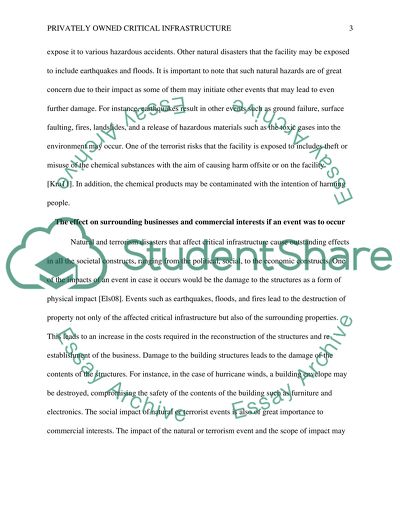Cite this document
(“Privately Owned Critical Infrastructure Assignment”, n.d.)
Privately Owned Critical Infrastructure Assignment. Retrieved from https://studentshare.org/law/1695435-privately-owned-critical-infrastructure
Privately Owned Critical Infrastructure Assignment. Retrieved from https://studentshare.org/law/1695435-privately-owned-critical-infrastructure
(Privately Owned Critical Infrastructure Assignment)
Privately Owned Critical Infrastructure Assignment. https://studentshare.org/law/1695435-privately-owned-critical-infrastructure.
Privately Owned Critical Infrastructure Assignment. https://studentshare.org/law/1695435-privately-owned-critical-infrastructure.
“Privately Owned Critical Infrastructure Assignment”, n.d. https://studentshare.org/law/1695435-privately-owned-critical-infrastructure.


